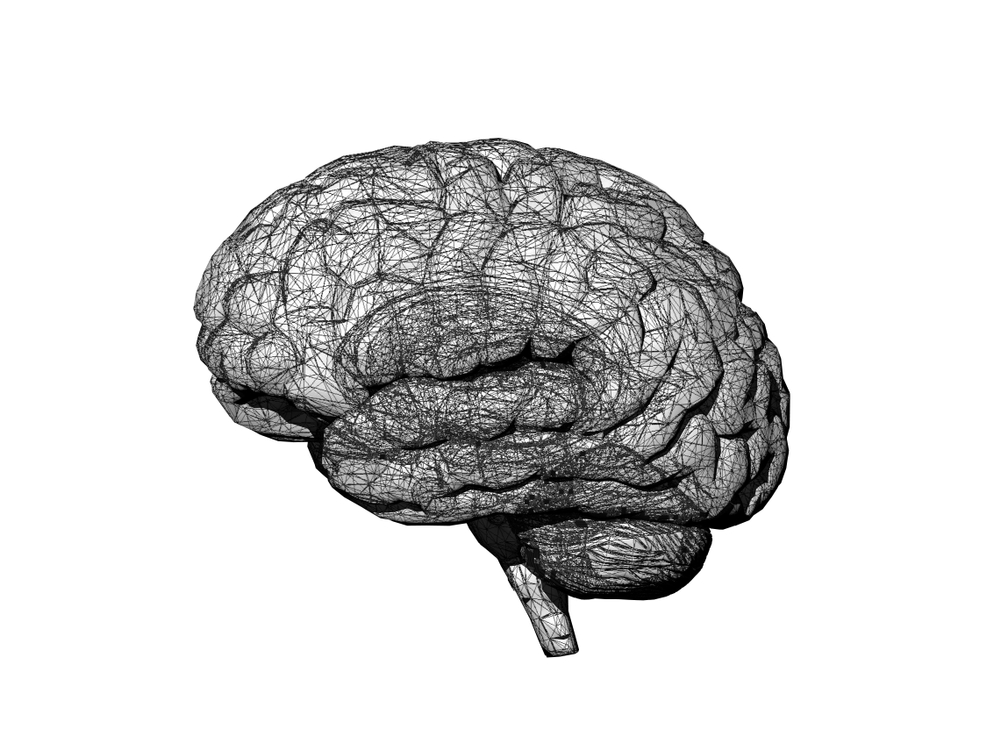Gilenya Halts Brain’s Gray Matter Atrophy in RRMS Patients, Study Suggests

Treatment with Gilenya (fingolimod) may limit cerebral gray matter atrophy in relapsing-remitting multiple sclerosis (RRMS) patients, researchers at Boston’s Brigham and Women’s Hospital have found.
Their report, “A two-year study using cerebral gray matter volume to assess the response to fingolimod therapy in multiple sclerosis,” appeared in the Journal of the Neurological Sciences.
Assessing brain atrophy by measuring cerebral gray matter has gained particular interest in MS for several reasons. First, the volume of gray matter is less susceptible to external factors such as inflammation; second, gray matter atrophy may precede the onset of MS symptoms, and third, it may help predict some MS clinical disabilities.
Gilenya is an approved RRMS therapy marketed by Switzerland’s Novartis. In Phase 3 clinical trials, Gilenya had a positive effect on MS-related brain lesions measured by magnetic resonance imaging (MRI). The drug also slowed the rate of whole brain atrophy.
In the latest study by Brigham and Young Women’s Hospital’s Partners MS Center, researchers investigated the effects of Gilenya in cerebral gray matter atrophy in 53 RRMS patients being followed up for at least two years. Of the 53 patients, 24 received Gilenya (0.5 mg once daily) during the two-year observation period; the remaining 29 did not.
All patients underwent baseline, one-year and two-year follow-up brain MRIs to assess brain atrophy. Researchers measured two parameters: brain parenchymal fraction and cortical gray matter fraction. They also analyzed patients’ T2 lesion volume and gadolinium-enhancing lesions in the brain.
The analysis showed that after two years, cortical gray matter fraction decreased in untreated patients, while in the Gilenya-treated group it remained stable.
Additionally, patients treated with Gilenya had a slower rate of T2 lesion volume change and showed a significant decrease in the number of gadolinium-enhancing lesions over the two years. The untreated group also saw a decrease in these lesions, but only during the second year.
Gilenya had no effects in the brain parenchymal fraction, a parameter that remained unchanged among both groups throughout the study.
“These results demonstrate novel findings that suggest a treatment effect of fingolimod on brain atrophy that is not only detectable in the first two years after initiating therapy, but is selective to GM [gray matter] atrophy over whole brain atrophy,” authors wrote.
Their findings are in agreement with previous Phase 3 clinical trials reporting a positive impact of Gilenya in brain atrophy.
Also, while MS has been defined as a disease affecting the brain’s white matter, these findings show that gray matter is affected as well.
“Our results suggest an effect of fingolimod on cerebral GM atrophy in patients with RRMS over a period of two years,” the team concluded. “These findings also support the notion that GM atrophy is more sensitive to MS treatment effects than whole brain atrophy.”






